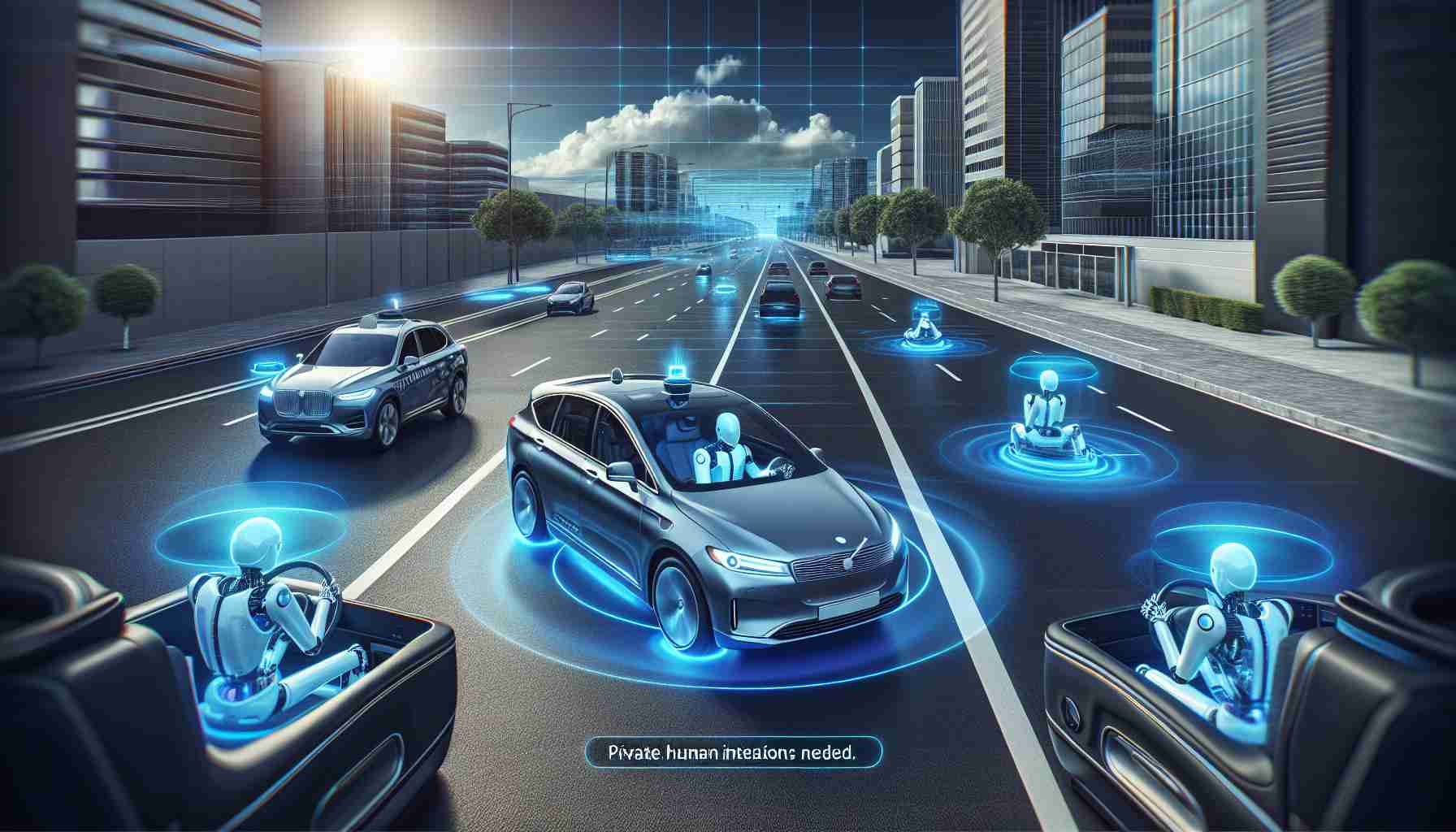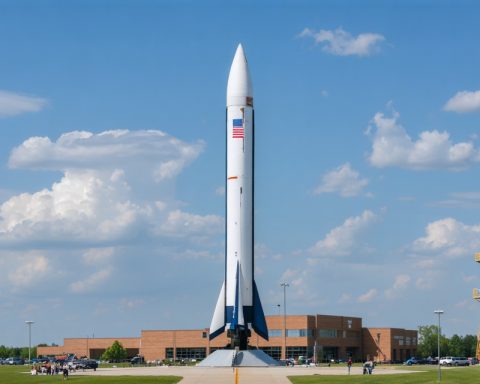In recent evaluations of Tesla’s Full Self-Driving (FSD) technology, an independent testing group, AMCI Testing, conducted an extensive analysis. Over a distance of 1,000 miles using the FSD versions 12.5.1 and 12.5.3 in a 2024 Model 3 Performance, they uncovered significant concerns regarding the system’s reliability.
AMCI’s findings indicated a need for human intervention every 13 miles, totaling over 75 interventions during the test. This average suggests that, while Tesla’s FSD displays remarkable capabilities, its operational safety is heavily reliant on driver engagement. The testing highlighted that the system, although impressive by camera-based technology standards, often falters in critical scenarios.
AMCI’s Director emphasized the danger of complacency that can arise from the awe-inspiring feats of FSD when first utilized. He cautioned that while users might initially feel secure, the unpredictability of the system can lead to risky driving behavior, such as taking hands off the wheel.
The testing group plans to continue its evaluation, promising further videos to showcase their findings. This commitment to transparency does not only aim to unveil the strengths but also the vulnerabilities of Tesla’s autonomous driving technology, ensuring users remain informed about the limits of the system.
As the discussion surrounding autonomous driving becomes more critical, these insights will play a crucial role in shaping public perception and safety standards.
Tips and Insights on Autonomous Driving Technology
As technology advances, the realm of autonomous driving, particularly with systems like Tesla’s Full Self-Driving (FSD), continues to ignite discussion and debate. With recent findings from AMCI Testing underscoring the importance of human intervention, it is vital for users to stay informed and responsible when utilizing such technologies. Here are some essential tips, life hacks, and interesting facts related to autonomous driving and how to navigate these new technologies effectively.
1. Stay Engaged While Using FSD
Even though Tesla’s FSD may appear to operate independently, human vigilance is critical. Always keep your hands on the wheel and your eyes on the road. Understand that while the system can assist, it is not infallible and demands your attention, especially in complex driving conditions.
2. Familiarize Yourself with System Limitations
Before embarking on a journey, ensure you comprehend the capabilities and limitations of the FSD technology you are using. Review updates, read the user manual, and follow Tesla’s release notes to stay updated on any changes or improvements in the software.
3. Use the Technology as an Aid, Not a Replacement
Think of FSD as a co-pilot rather than the pilot. Utilize it to reduce driving fatigue during long commutes but be ready to take over control at a moment’s notice. Always prioritize safety over convenience.
4. Record Your Experiences
If you’re testing the FSD, consider keeping a travel log or recording video footage of your trips. This will not only provide valuable insights for your understanding but could also be a useful contribution to the broader discussion on the safety and potential of autonomous technologies.
5. Engage with the Community
Join forums, social media groups, and discussions to share your experiences and learn from others. Communities often uncover unique tips, address common concerns, and provide support based on shared experiences with FSD technologies.
6. Keep Up with Regulatory Changes
As autonomous driving technology evolves, so too do the laws governing its use. Stay informed about local regulations concerning self-driving cars. Understanding the legal landscape can help you avoid complications while driving.
Interesting Fact:
Did you know that Tesla owners can help improve FSD technology through a feature called “data collection”? By opting in, user driving data is collected to train and enhance Tesla’s algorithms. This contributes to ongoing advancements in Autopilot features and safety measures.
Pro Tip:
If you’re planning to drive in an area with unusual traffic patterns or complex road conditions, consider disabling FSD temporarily until you’re more accustomed to that driving environment to ensure safety.
In a world where self-driving technology is becoming commonplace, it’s essential to remain aware and informed. The recent findings from AMCI Testing highlight an important aspect of these developments: the balance between advanced tech and manual oversight. By following these tips and actively engaging with the technology, drivers can ensure a safer and more beneficial experience with autonomous driving systems like Tesla’s FSD.
For more information and updates on autonomous technologies, visit Tesla’s official site.







